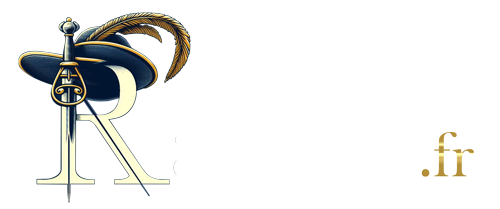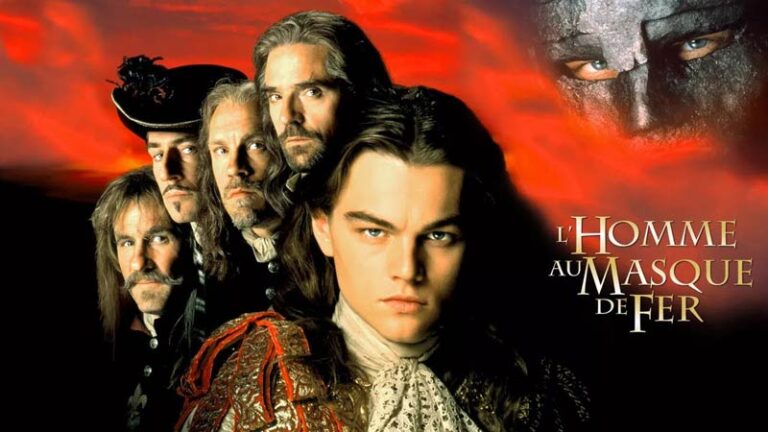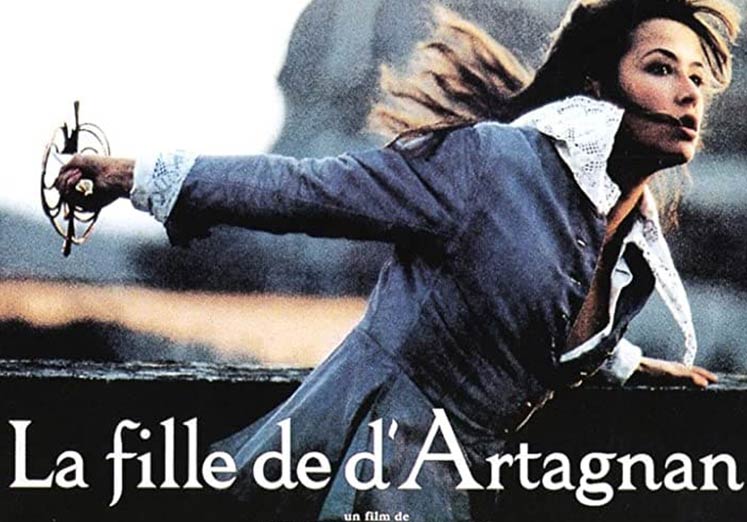The musketeer showcase
The Musketeers in modern cinema (1950s-2000s)
A period of international revival (1950s-1970s)
In the 1950s, The Musketeers continued to occupy a central place in international cinema. The directors of this era used bigger budgets and advanced technologies to revisit the Duma epic. In France, André Hunebelle produced a version in 1953 with Les Trois Mousquetaires, offering a reading for the general public, supported by sumptuous sets and classic staging. Meanwhile, Italy and the UK are producing their own variations, mixing romance and comedy. These modernised adaptations reflect the cultural issues of the time, while remaining faithful to the spirit of adventure and panache of the novels.
D’Artagnan contro i 3 moschettieri (1963)
The Three Musketeers (1961)
The Three Musketeers (1953)
The age of Hollywood blockbusters (1970-1980)
The 1970s saw an explosion of adaptations of The Musketeers in Hollywood, with blockbuster productions. Richard Lester revolutionised the genre with The Three Musketeers (1973) and The Four Musketeers: Milady’s Revenge (1974), two films shot simultaneously. A blend of slapstick comedy and breathtaking action sequences, these works stand out for their offbeat tone and lavish historical costumes. International stars such as Michael York, Oliver Reed and Raquel Welch embody Dumas’ heroes, bringing fresh energy and irresistible humour to the show. This period established the Musketeers as timeless figures of adventure cinema.
The Fifth Musketeer (1979)
Les Quatre Charlots mousquetaires (1974)
The Three Musketeers (1973)
Adaptations of the 1990s: between loyalty and innovation
In the 1990s, The Musketeers benefited from the craze for revisited cloak-and-dagger films. Disney presented The Three Musketeers (1993), a family film starring Charlie Sheen, Kiefer Sutherland and Chris O’Donnell. This version, though heroic, moves away from Dumas’s complex plots in favour of action and humour. Other projects explored more daring approaches: The Man in the Iron Mask (1998) brought together prestigious actors, including Leonardo DiCaprio, to revisit the plot around the Iron Mask, offering a darker, more dramatic spectacle.
The Man in the Iron Mask (1998)
La Fille de d’Artagnan (1994)
The Three Musketeers (1993)
The cinematic legacy of the late 20th century
The Musketeers in Modern Cinema marks a period of experimentation and diversity. Adaptations faithful to the novels coexist with free interpretations, exploring a variety of registers, from drama to burlesque. These works help to anchor the Musketeers in the world’s collective imagination, ensuring their relevance for future generations.











